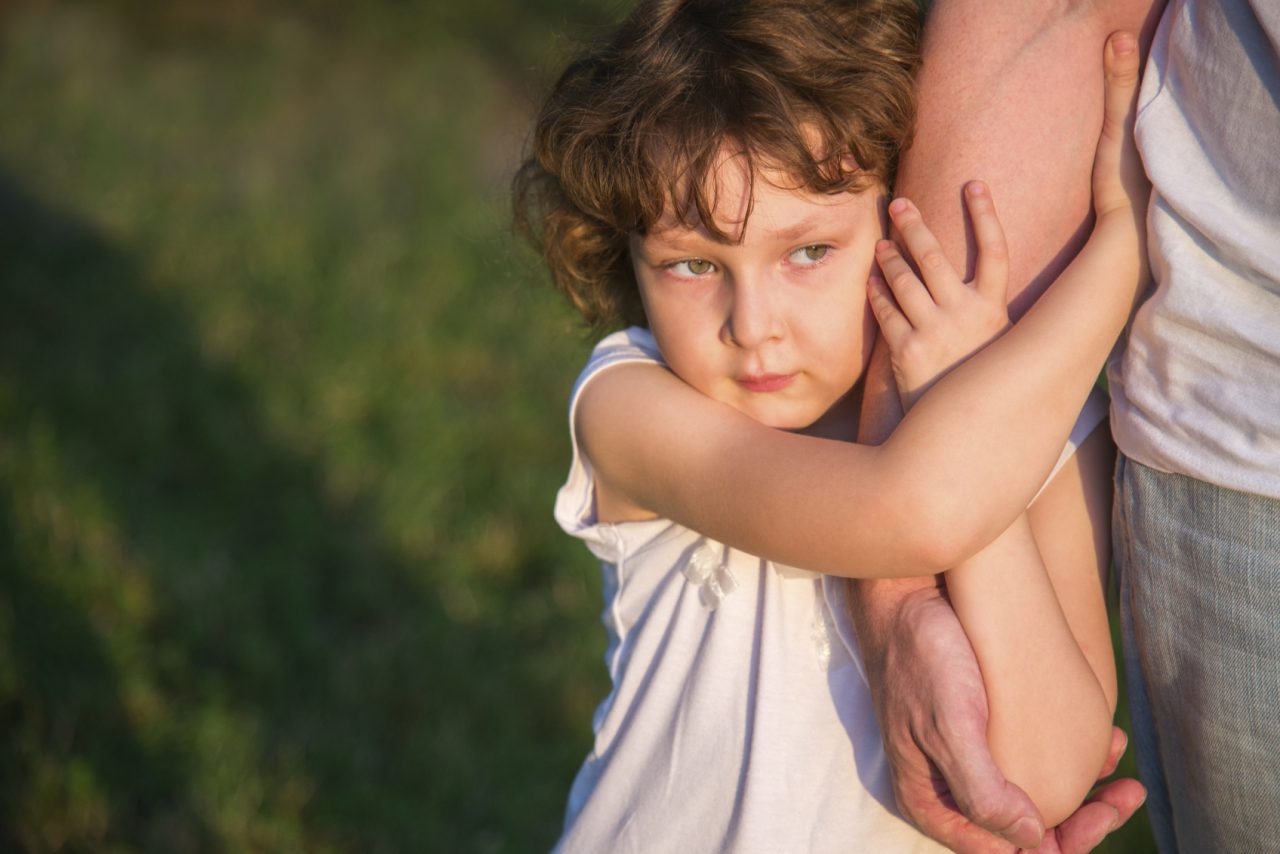Equality under the law is a uniquely American principle, one that no freedom-loving person would oppose, but the manner in which said principle is currently applied to the issue of child custody treats children as property, like pieces of furniture or bank accounts, rather than human beings with rights of their own, including the right to stable living conditions.
When considering the issue of custody, domestic court judges often regard two divorcing parents who are equally responsible as deserving of equal time with their kids. They rule, therefore, that the kids will spend 132 days a year with one parent and 133 days with the other but that custody during birthdays and holidays will alternate from year to year. That’s very nice and virtually guarantees that neither parent is going to be upset, that they are both going to feel as if the court treated them fairly. Indeed, that is consistent with what they tell me: it’s fair.
No, it’s not fair. These judges are ruling for the best interests of the parents but their best interests are not the issue. Concerning custody, the children’s best interests should rule. The parents have responsibilities, one of which is to accept that even when both of them are equally fit, it is best that custody and visitation arrangements guarantee to the greatest degree possible that their kids will enjoy post-divorce living arrangements that are least disruptive. Going from one home to another every few days — which many if not most of these rulings mandate — is disruptive. Going from one home to another every couple of weeks for a few days (with more extended stays on special occasions) is still somewhat disruptive, but much less so.
Part if not most of the problem is that in divorces that involve children, the kids are often regarded as prizes to be “won.” From the get-go, they are pawns in an ongoing hate-war between the parents (who actually fail to ever become emotionally divorced from one another). Judges may be thinking that 50/50 custody reduces the possibility that one parent will be perpetually resentful, but what it virtually guarantees is a lack of consistency with respect to rules, responsibilities, expectations, and enforcement. One parent takes away a cell phone; the other parent goes out and buys the child another one. One parent grounds the child; the other parent lifts the grounding. One parent requires chores, the other does not. One parent, in short, becomes the evil disciplinarian while the other becomes the enabler, the child’s savior. The child, meanwhile, learns to be a master manipulator.
Granted, there are split-custody situations that work in the sense that the parents are able to parent cooperatively following the divorce. That is not the norm, by any stretch. As any divorce attorney will affirm, amicable divorces where kids are involved are few and far between. The norm is warfare in which the kids are both suicide bombers and disputed territories.
The proactive solution is the traditional arrangement where one parent has primary custody and the other has the kids every other weekend, a month or so during the summer, and on alternating birthdays and holidays.
Equality under the law does not mean that all outcomes are equal.









